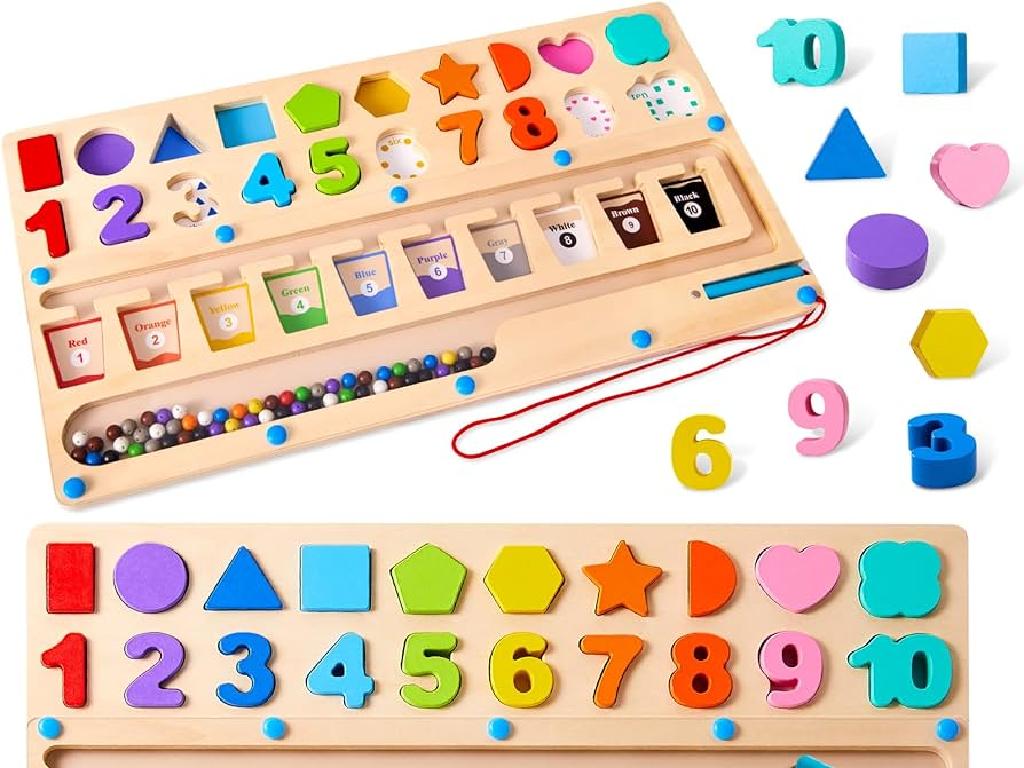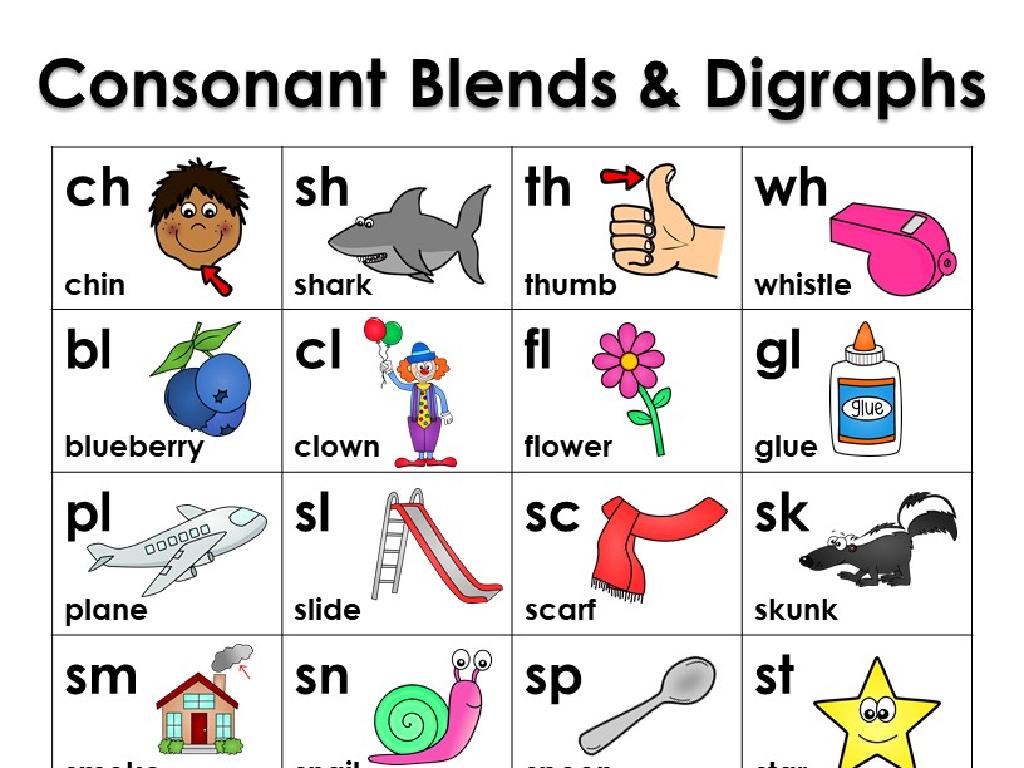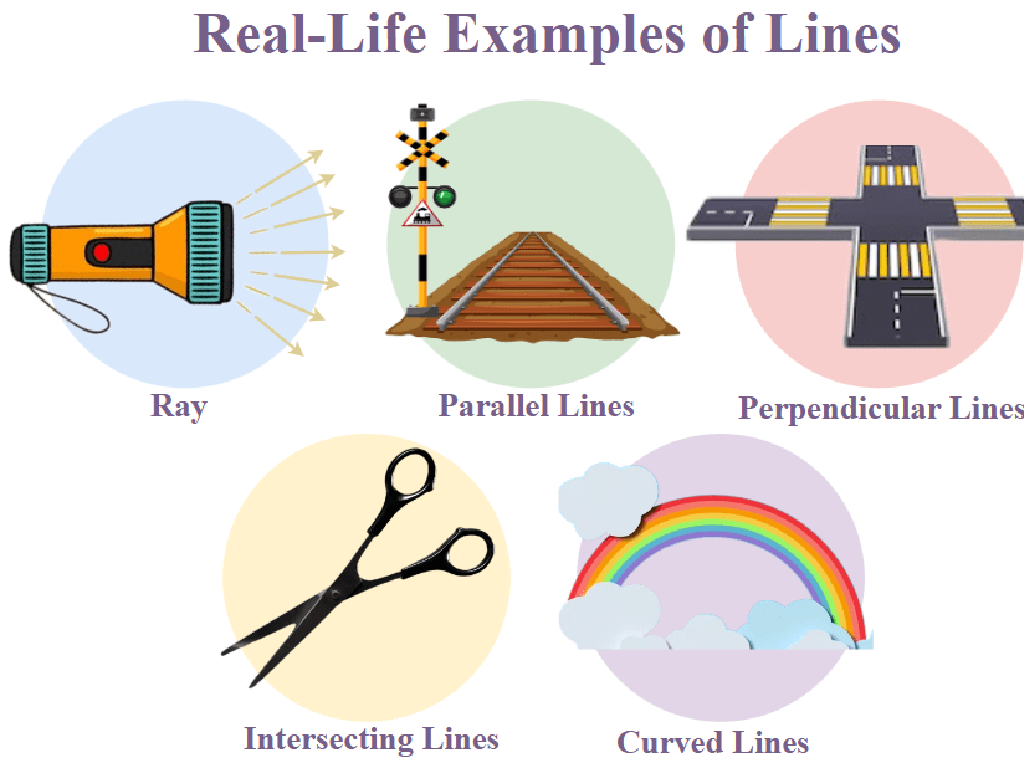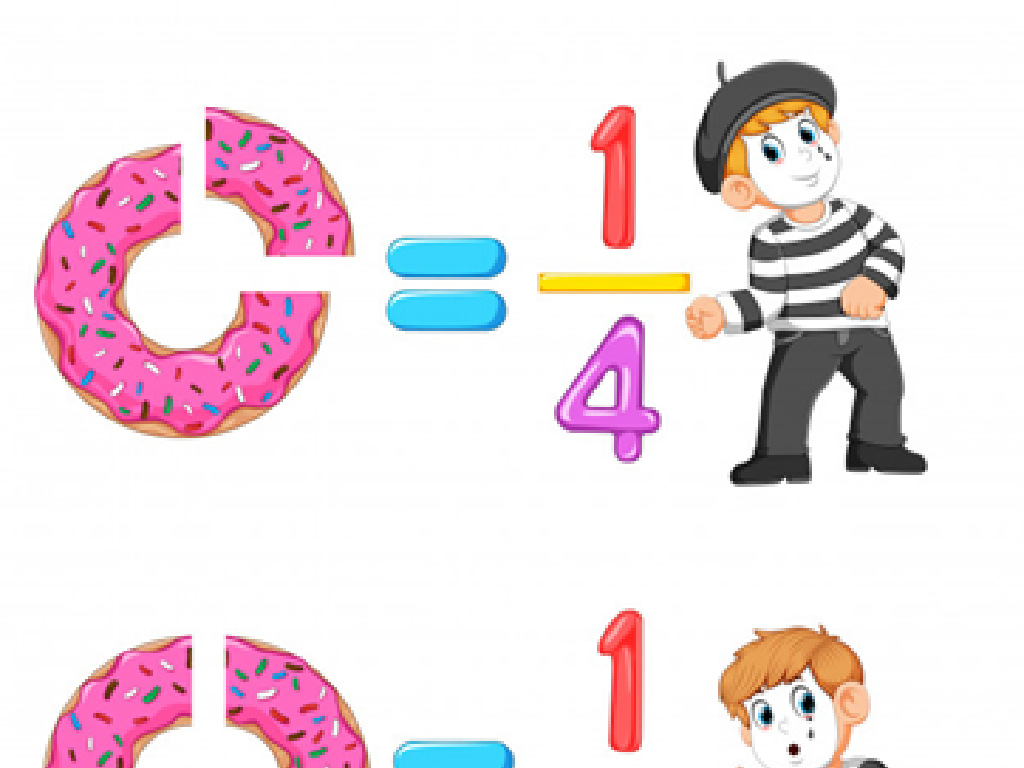Choose Between Adjectives And Adverbs
Subject: Language arts
Grade: Third grade
Topic: Adjectives And Adverbs
Please LOG IN to download the presentation. Access is available to registered users only.
View More Content
Exploring Adjectives and Adverbs
– Welcome to Language Arts!
– Learning about adjectives and adverbs
– Adjectives describe nouns, adverbs describe verbs
– Describing things with adjectives
– Adjectives tell us what kind, how many, or which one
– Describing actions with adverbs
– Adverbs tell us how, when, where, or to what extent
|
This slide introduces the concept of adjectives and adverbs to third-grade students. Begin by welcoming the students to the lesson and explaining that adjectives and adverbs are words that describe or modify other words. Adjectives are used to describe nouns and pronouns, telling us more about things like color, size, and number. Adverbs modify verbs, adjectives, and other adverbs, providing information about how, when, where, and to what extent something happens. Use examples to illustrate the difference: ‘The quick (adjective) brown fox jumps (verb) quickly (adverb).’ Encourage students to think of their own examples and be ready to discuss them.
Exploring Adjectives
– Adjectives describe nouns
– They give more information about people, places, or things
– Tell us what kind, how many, or which one
– ‘Kind’ refers to qualities, ‘how many’ refers to quantity, ‘which one’ specifies
– Examples: ‘big’, ‘colorful’, ‘three’, ‘last’
– ‘Big dog’, ‘colorful flowers’, ‘three cookies’, ‘last person’
|
This slide introduces adjectives to third-grade students, explaining their role in sentences as descriptive words that provide more information about nouns. Emphasize that adjectives can describe the qualities of a noun (big, colorful), the quantity (three), or specify which one (last). Use visual aids or props to show examples of adjectives in context, such as a big stuffed animal or colorful pictures. Encourage students to think of their own examples and share them with the class. This will help them understand how adjectives enhance sentences and make their writing more vivid and precise.
Exploring Adverbs
– Adverbs describe verbs
– They tell us how, when, where
– How did it happen? When did it happen? Where did it happen?
– Examples: ‘quickly’, ‘yesterday’
– ‘Runs quickly’, ‘Met yesterday’, ‘Play outside’
– ‘Very’ shows extent
– ‘Very’ tells us how much or to what extent, like ‘very happy’
|
This slide introduces adverbs to third-grade students, explaining their role in describing verbs and providing details about actions. Emphasize that adverbs can modify verbs by telling us how something is done (quickly), when it happened (yesterday), where it happened (outside), or to what extent something is done (very). Use the examples to show how adverbs function in sentences. Encourage students to think of their own examples and to look for adverbs in sentences during reading activities. This will help them understand the concept of adverbs and how they are used in everyday language.
Exploring Adjectives in Sentences
– Finding adjectives in sentences
– Example sentence with adjectives
– ‘The happy dog has a shiny, red ball.’
– List of adjectives from example
– Adjectives are ‘happy’, ‘shiny’, ‘red’
– Understanding adjective usage
– Adjectives describe nouns like ‘dog’ and ‘ball’
|
This slide is aimed at helping third-grade students understand and identify adjectives within sentences. Begin by explaining that adjectives are words that describe nouns, which are people, places, things, or ideas. Use the example sentence to point out the adjectives and explain how they add detail to the nouns. ‘Happy’ describes the dog’s mood, while ‘shiny’ and ‘red’ describe the appearance of the ball. Encourage students to think of other adjectives that could fit in the sentence and to come up with their own sentences using different adjectives. This will help them grasp how adjectives can change the image or feeling of a sentence.
Spotting Adverbs in Sentences
– Understanding adverbs in sentences
– Example sentence with adverbs
– ‘She sings beautifully and works very hard.’
– Identifying ‘beautifully’ and ‘very’
– ‘Beautifully’ describes how she sings, ‘very’ emphasizes hard work
– Explaining the role of adverbs
|
This slide is aimed at helping students recognize adverbs within the context of a sentence. Start by explaining that adverbs are words that describe verbs, adjectives, or other adverbs, often ending in ‘-ly’. Use the example sentence to point out ‘beautifully’ and ‘very’ as adverbs. ‘Beautifully’ describes the verb ‘sings’ by telling us how she sings, and ‘very’ is an adverb modifying another adverb ‘hard’, intensifying the meaning. Encourage students to think of other sentences and practice identifying adverbs. Activities can include finding adverbs in their favorite books or writing sentences using new adverbs.
Choosing Between Adjectives and Adverbs
– When to use adjectives
– Use adjectives to describe things like size, color, shape
– When to use adverbs
– Use adverbs to tell how something is done, like quickly or slowly
– Adjectives for nouns
– Example: A ‘big’ elephant, a ‘red’ apple
– Adverbs for actions
– Example: She runs ‘quickly’, he speaks ‘loudly’
|
This slide is aimed at helping third graders understand the difference between adjectives and adverbs and when to use each. Adjectives are used to describe nouns, which are people, places, things, or ideas. Examples include words like ‘big’, ‘small’, ‘happy’, and ‘blue’. Adverbs, on the other hand, describe verbs (actions), adjectives, or other adverbs, often ending in ‘-ly’. They can describe how, when, where, and how often an action is performed. Examples include ‘quickly’, ‘slowly’, ‘very’, and ‘always’. Activities can include identifying adjectives and adverbs in sentences and creating sentences using a list of adjectives and adverbs.
Interactive Practice: Adjectives vs. Adverbs
– Let’s practice with examples
– I’ll say a sentence aloud
– You choose the correct word
– Example: The cat runs (quick/quickly)
– ‘Quickly’ is correct because it describes how the cat runs
|
This slide is meant to engage students in an interactive activity to differentiate between adjectives and adverbs. Read sentences aloud and have students choose the appropriate word to fill in the blank. For the example given, explain that ‘quickly’ is an adverb modifying the verb ‘runs,’ indicating how the action is performed. Encourage students to think about whether the word is describing a noun (adjective) or a verb (adverb). Prepare additional sentences for the activity, ensuring a mix of adjectives and adverbs. Possible sentences could include ‘She smiled (happy/happily).’ or ‘The dog barks (loud/loudly).’ This exercise will help reinforce their understanding of the use of adjectives and adverbs in sentences.
Class Activity: Adjective and Adverb Hunt
– Explore the classroom on a word hunt
– Find and describe objects or actions
– Look for colors, sizes, shapes for adjectives
– Use adjectives for objects, adverbs for actions
– Search for how someone does something for adverbs
– Pair up and create descriptive sentences
|
This interactive activity is designed to help students understand the difference between adjectives and adverbs by exploring their environment. Students will work in pairs to identify objects and actions in the classroom, using adjectives to describe objects (e.g., ‘blue chair’, ’round table’) and adverbs to describe actions (e.g., ‘quickly run’, ‘loudly shout’). After the hunt, each pair will create sentences with their findings, reinforcing their understanding of how adjectives and adverbs function within a sentence structure. Possible variations of the activity could include a scavenger hunt for specific types of adjectives/adverbs, acting out actions for others to describe with adverbs, or drawing objects to be described with adjectives.
Wrapping Up Adjectives and Adverbs
– Celebrate learning about adjectives and adverbs
– Homework: Write 10 sentences
– Create 5 sentences using descriptive words for nouns
– Use 5 sentences with adjectives
– Create 5 sentences using words that describe actions
– Use 5 sentences with adverbs
|
Great work today, class! You’ve learned how adjectives describe nouns and how adverbs describe verbs. For homework, you’ll practice this by writing sentences. Make sure to include 5 sentences with adjectives. These should describe things like size, color, or shape of a noun. Then, write 5 sentences with adverbs to tell us more about how an action is done, like ‘quickly’ or ‘happily.’ Also, as you read your favorite book tonight, keep an eye out for adjectives and adverbs the author uses. This will help you see how these parts of speech make writing more exciting and informative.






